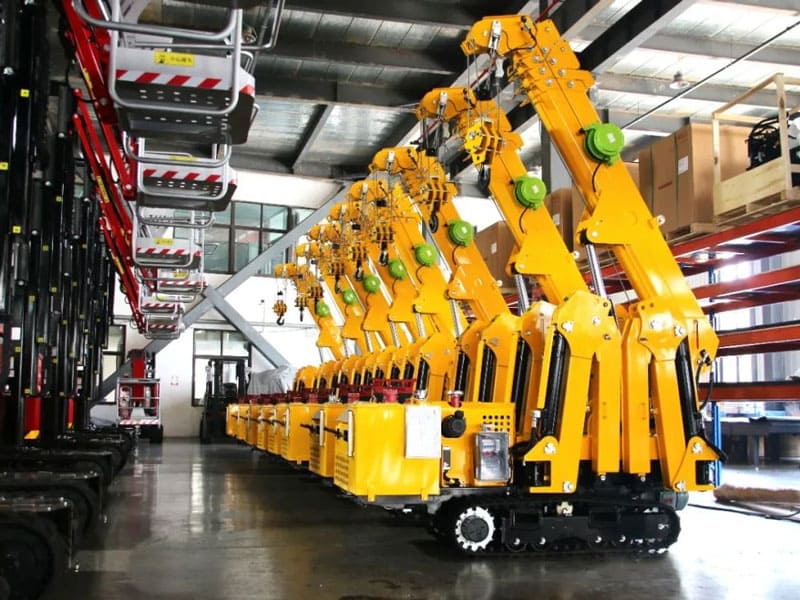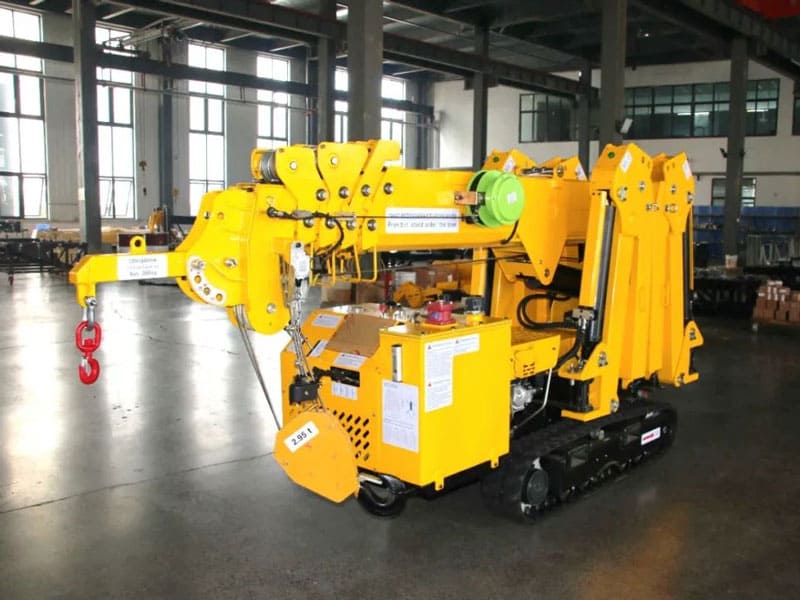Spider cranes are versatile machines ideal for various applications, including power maintenance, airport terminals, train stations, ports, malls, sports facilities, residential properties, and industrial workshops. When performing outdoor lifting tasks, these cranes are inevitably exposed to weather conditions. Proper rainy-weather protection and post-rain maintenance are essential to enhance performance and extend the machine's lifespan. Here's a practical guide to caring for spider cranes during and after rainy conditions:
1. Electrical Systems Check
After heavy rain exposure, inspect the electrical circuits for short circuits or water intrusion. Ensure that the exhaust pipe is free of water and clean it if necessary.
2. Immediate Action During Rain
If heavy rain occurs suddenly during operation, stop work immediately and retract the crane. Move it to a sheltered or indoor location to prevent water damage. Acidic substances in rainwater can erode the protective paint coating. To prevent this, thoroughly clean the spider crane after the rain and inspect the paint for potential damage.


3. Water Accumulation Management
If the crane operates in areas with standing water, relocate it to a dry location. In cases where water immersion occurs, avoid restarting the engine as it may cause further damage. Instead, contact the manufacturer promptly for professional repairs.
4. Rust Prevention
Prolonged rainy periods can cause rusting on the chassis and other metal components. Clean and apply anti-rust treatment every three months.
5. Moisture Protection for Electrical Components
Moisture from rain can damage wiring, spark plugs, and high-voltage lines. Use specialized drying agents to keep these areas dry and functioning properly.
By following these maintenance tips from SEVENCRANE, you can ensure the longevity and reliability of your spider crane, even in challenging weather conditions. Proper care during rainy seasons is not just recommended—it’s crucial!
Post time: Nov-19-2024









